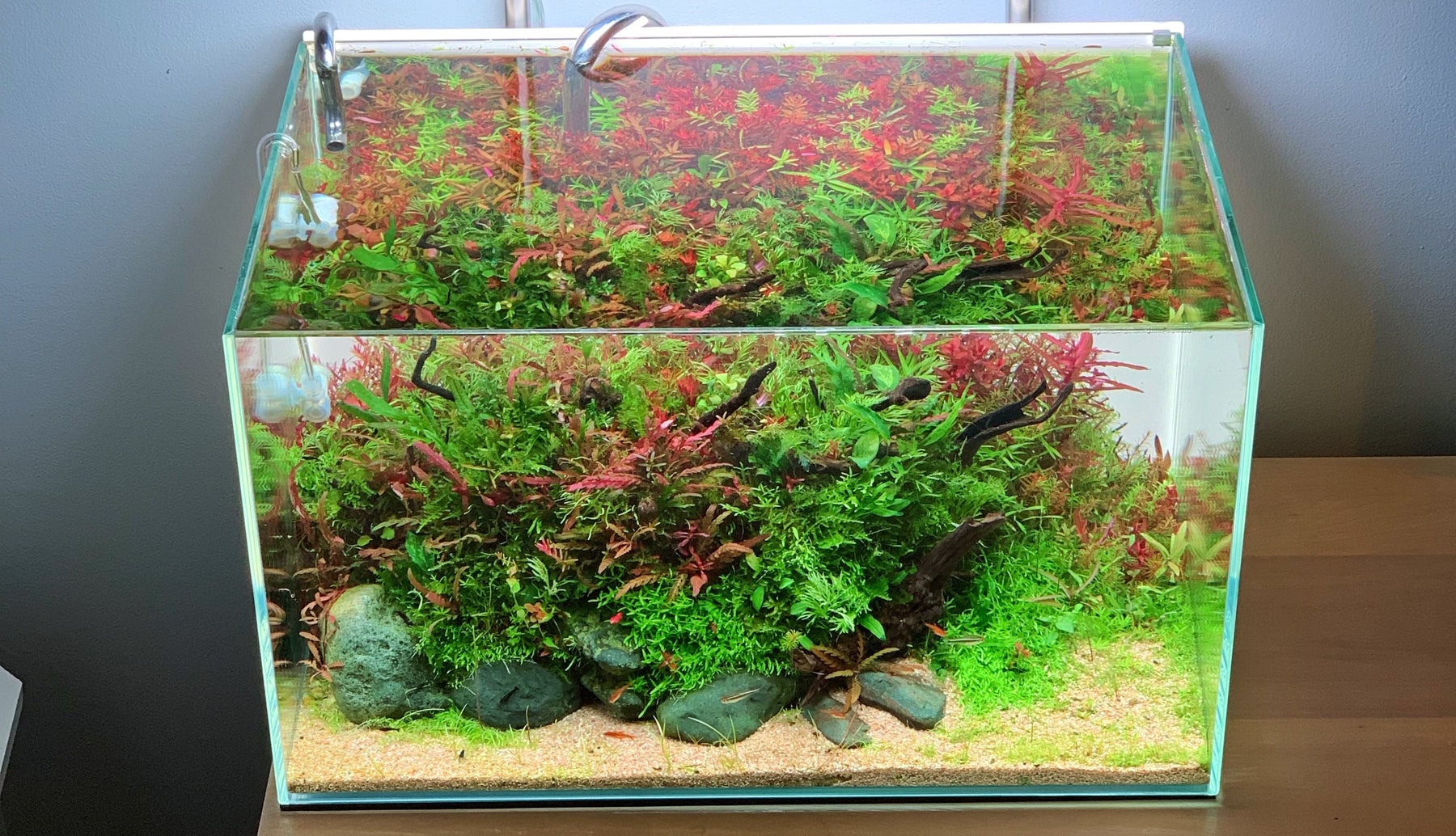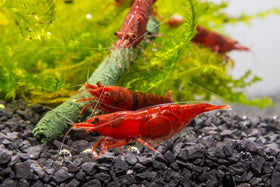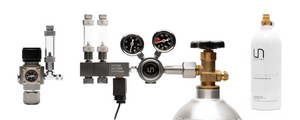
Top 5 Aquascaping Styles
Written by: Chris (@shrimpery)
What do aquascaping and painting have in common? Besides being quarantine-friendly hobbies, there are many styles to work with in each. A skilled painter can evoke just as much meaning and beauty from an abstracted, pointillist piece as they can from a hyper-realistic still-life. Likewise, aquascapers can make an equally beautiful beautiful biotope tank, Iwagumi scape, or traditional nature aquarium. Of course, some styles are more popular than others, but I thought it would be fun to rank my top 5 favorite styles for you to try.
Biotope
The most naturalistic style of aquascaping, biotopes are an interesting exercise in form following function. Often favored by hardcore fishkeepers, it’s sort of the black sheep of aquascaping; nothing about it is really intended to be beautiful to us humans (although that is always a plus). It’s instead intended to be appreciated by its inhabitants. Most biotope keepers will select a particular geographic locale or animal species and mimic the environment in question as accurately as possible. Besides the traditional, ‘proper’ biotope, an exciting offshoot of the biotope aquarium that has grown in popularity recently is the related blackwater aquarium, which I have yet to fully explore. In addition to fully exploring this style, it would be exciting to try a high tech (injected CO2) biotope utilizing local plants from a nearby stream or pond.

A simplistic blackwater biotope scape by UNS
Iwagumi
The most serene and minimalist style of aquascaping is famous for being polarizing. Some people find the lack of plant variety, especially stem plants, to be stifling; in my eyes, there is something extremely fresh and liberating about an Iwagumi layout. Typically employing only a few stones and a couple species of low-growing, carpeting plants, its austerity makes it a great complement to a modern home interior or schooling fish that prefer open water. Some classic aquatic plants to explore in an Iwagumi layout include Micranthemum Monte Carlo, dwarf hairgrass, and Hemianthus callitrichoides.

Iwagumi interpretation by UNS
Dutch
A somewhat neglected and old-timey style nowadays, the Dutch tank is in need of some serious TLC and has a lot of potential for growth. While there are technically many rules that must be followed for a tank to constitute a “true” Dutch, at its heart the style focuses on colorful stem plants in groupings, with no hardscape. Many of my personal tanks have incorporated elements of Dutch layouts, often blended with the nature aquarium style. The style has some excellent things to teach about aquascaping, including how to convey a sense of depth in a small space, how to get the most out of colorful stem plants, and how to avoid relying on hardscape as a crutch.

Dutch style inspired aquascape by @mn_aquascape on Instagram
Side note:
- No more than 1 plant species per 4 inches of tank length
- No duplication of the same species in another group
- A shoal of fish should be issued with at least 12 fish from the same species
Pond Style
This style is growing in popularity on social media, as are many tanks incorporating some variation on the paludarium motif (paludarium = aquarium with terrarium-like elements). When I created my first pond tank, I was very inspired by Japanese container ponds, often used on patios to breed Japanese rice fish (Oryzias latipes). To me, the key distinguishing feature of the pond tank is the use of emergent grasses. While it’s rare to see these plants outside of larger outdoor water features, more petite grasses are great complements for smaller water lilies, floating plants, and moss-covered driftwood. Much like a biotope tank, fish often feel very comfortable in this low-key, tranquil environment.

Pond style aquascape by @shrimpery
Nature Aquarium
The most popular style of aquascaping really can’t be beat in terms of overall strengths. Despite its name, it isn’t as much about recreating nature (that would be the biotope tank) as much as it is about capturing the spirit of nature in a small environment. While biotopes focus on recreating what, say, a fish enjoys about nature, the nature aquarium does the same for humans. The materials of the nature aquarium allow for the greatest range of play. Rocks, driftwood, mosses, stem plants, carpeting plants, cosmetic sand and epiphytes can all play a part in a single tank. Finding the right balance of materials and the proper layout arrangement is key to preventing the layout from becoming cheesy or overwhelming.

UNS 60U nature aquascape by Buce Plant
While there are other aquascaping styles that are certainly worth exploring, hopefully this list of my favorites inspires you to get creative with your next layout. If you are a nature aquarium sort of person, like many scapers are, try your hand at a biotope or pond scape for a new challenge. Or better yet, combine different elements and create a style of your own!
As a bonus: here are my top five theoretical aquascaping styles that I would love to see someone try:
- Brackish
- Cave aquascape with troglodyte fish
- Fast-flowing rapids scape
- Red plants only scape
- High tech planted saltwater with macroalgae and sea grass
Tell us - Was this article helpful? Please leave a comment below!
If you have any questions regarding this article, please DM us on Instagram, Facebook, or email support@buceplant.com so we can assist you - @buceplant





Comments
Leave a comment